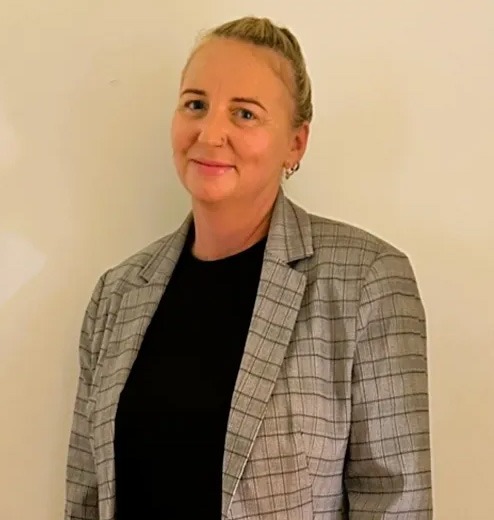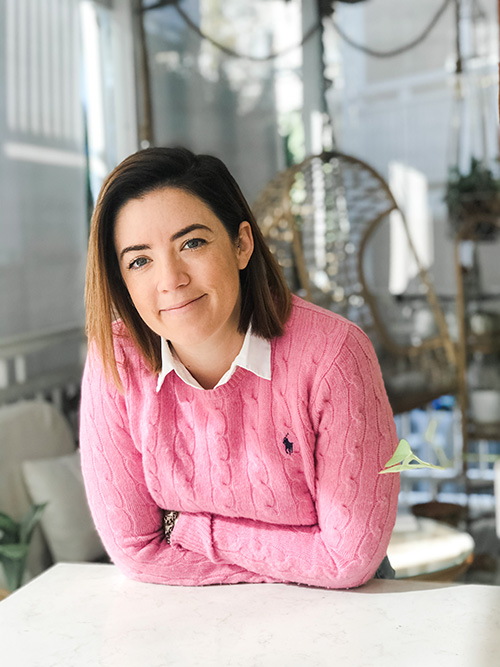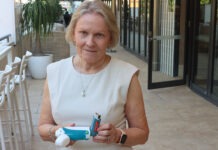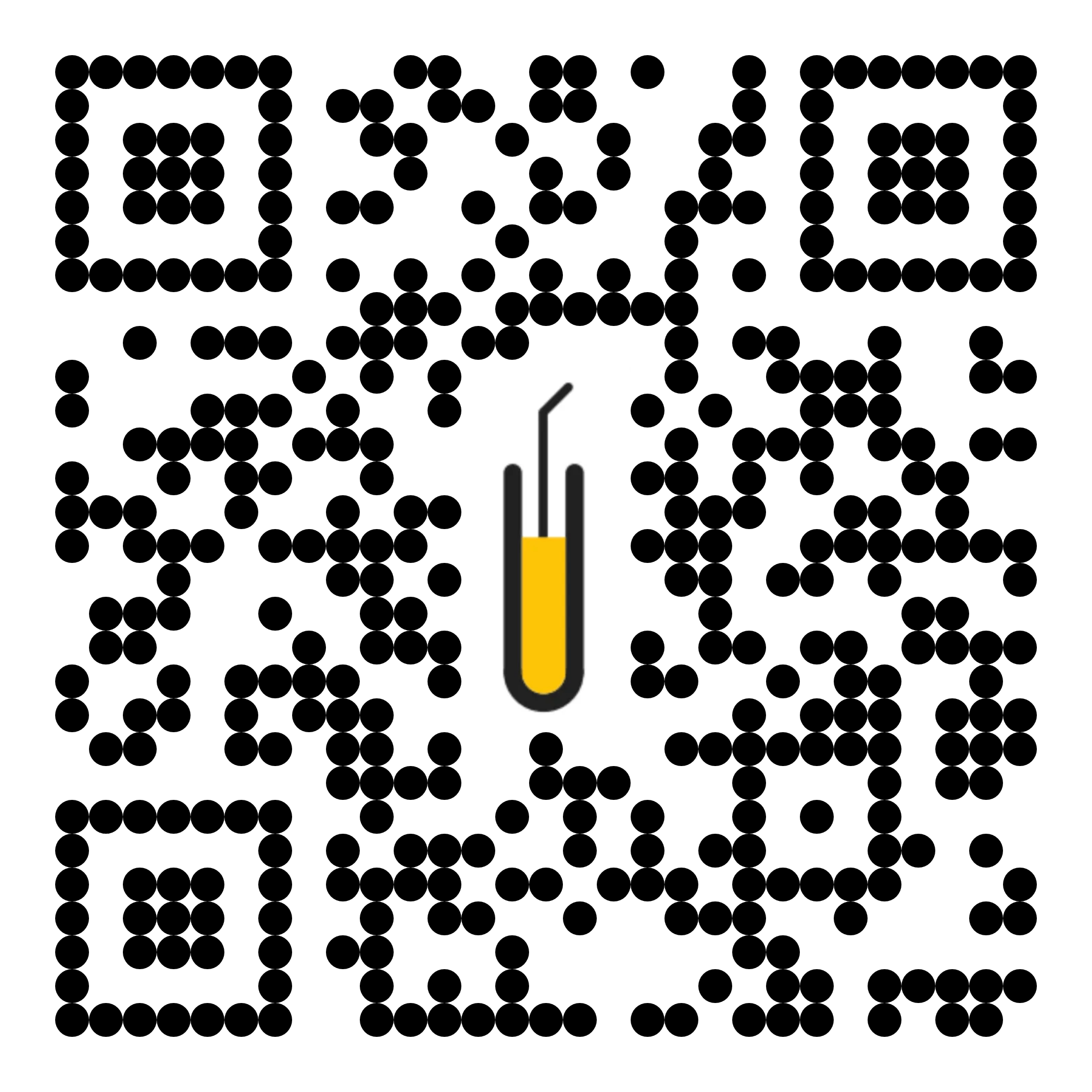Kimberley Grima, who lives with chronic pain, has been accused of ‘pharmacy shopping’, denied access to her medicine and humiliated when requesting naloxone from her local pharmacy. Now, she’s sharing her story to highlight the stigma faced by patients with chronic pain – and to call on the profession to do better.
Ms Grima lives with endometriosis, migraines and complex regional pain syndrome (CRPS) in her left foot, for which she takes slow- and immediate-release opioids daily. A largely invisible condition, CRPS is also known as the ‘suicide disease’, due to the intensity of the pain and its impact on quality of life.

Rather than receiving empathy from pharmacists, Ms Grima has encountered judgement and suspicion when trying to access prescribed opioids, especially as an Aboriginal woman who is eligible for Closing the Gap (CTG) prescriptions.
During a recent visit to her local community pharmacy, Ms Grima presented a prescription for an increased opioid dose after developing an acute case of shingles. Instead of her medication being dispensed, she was told to wait until the pharmacy owner returned the next day.
‘I explained to the pharmacist on duty that the doctor had authorised me to take more immediate-release opioids because of the pain, and she just said it didn’t matter. So I went all night with no IR. It was terrible,’ Ms Grima said.
‘The next morning, the pharmacy owner said there was no reason for her to refuse me. The pharmacist also said to him, “Don’t forget she’s CTG – you know what that’s like”.’
On another occasion, Ms Grima proactively requested naloxone, understanding its role in harm reduction. Instead of support, she was met with another disparaging remark – that if she took fewer opioids, she wouldn’t need it.
‘Instead of asking questions, she just said no. I had to stand my ground with everyone in the pharmacy looking at me, because she wasn’t speaking to me at the counter, but yelling from the back.
‘It made me feel like I was doing the wrong thing. Like I was a criminal for getting naloxone in case something went wrong. Instead of feeling helped, I felt discriminated against and demoralised. We’re just taking precautions. Why wouldn’t you help save a life?’
Ms Grima, who shared your experiences at CPC25 in Adelaide last weekend, believes pharmacists need a deeper understanding of naloxone and chronic pain.
Naloxone education needed
While it’s important for pharmacists to be cautious about controlled medicines, empathy and patient-centred care are essential, said Professor Suzanne Nielsen MPS, Deputy Director of the Monash Addiction Research Centre.

Prof Nielsen recently led the creation of the Opioid Safety Toolkit, a resource designed to empower pharmacists to manage opioid safety in a non-judgemental way. She said there is ‘no situation where somebody asking for naloxone should attract a negative response’.
‘Whenever anyone asks for naloxone, the response should always be, “Yes, absolutely, how can I help? How much do you know about naloxone already” There is such a broad cross-section of the community that might come in requesting it, we always need to be positive and not make assumptions.
‘The way accessing naloxone is framed in the Opioid Safety Toolkit is as something that we hope you’ll never have to use, but that it’s important to know what it is, and to understand the signs and symptoms of opioid toxicity and have it in the home, just in case.
‘It doesn’t mean that somebody is doing anything wrong. It’s just recognising that these are strong medicines, they can have severe side effects, and we want people to be empowered to know what to do.’
Removing the stigma
Unfortunately, Ms Grima’s experience isn’t uncommon. Many people living with chronic pain feel judged for needing opioid medication, said Nicolette Ellis MPS, Chair of Chronic Pain Australia.

‘People with chronic pain are frequently perceived as drug-seeking or treated with suspicion, which only adds to their distress and sense of isolation,’ Ms Ellis said. ‘When someone presents with a CTG script – designed to improve access and affordability for Aboriginal and Torres Strait Islander peoples – that stigma can be amplified.
‘We’ve heard from community members who feel that racial bias plays a role in how they’re treated at the counter. This is unacceptable. Everyone deserves compassionate, culturally safe care.’
Ms Grima agrees. ‘Often, a pharmacist will be happy to take my script, but when they see CTG on my file, that’s when the problems start. I’m scared to go on holiday without my script filled because of what I’ve been through – I never know what I’m going to experience.’
To help reduce stigma, Prof Nielsen recommends a universal precautions approach. Rather than making assumptions about a person’s level of risk to decide who to talk to about opioid safety, pharmacists should assume the same minimum level of precautions for everyone.
The toolkit should ‘make pharmacists’ jobs easier’, Prof Nielsen said, by providing patients with accessible, evidence-based information they can review at their leisure. She recommends offering the toolkit when a patient is receiving a supply of opioids and suggesting they chat through any questions or concerns the next time they come into the pharmacy.
‘By using tools in the Toolkit, such as the Routine Opioid Outcome Monitoring tool, with everyone, it normalises these conversations. If you can approach it in a way that makes it clear someone’s not being targeted, and that we have these conversations with everyone taking opioids. I think it really does take out that judgment and that stigma. It’s about keeping the patient safe, making sure they’re getting good outcomes from their medicines.’
An empathetic approach
When it comes to high-risk medicines, healthcare professionals need to shift from fear-based language to supportive dialogue, Ms Ellis said. Validating someone’s pain by listening and acknowledging that their experience is real can also be profoundly therapeutic.
‘Neuroscience tells us that this can even activate endogenous pain-relieving pathways in the brain, releasing hormones like oxytocin and endorphins. But more than that, validation fosters trust, improves communication and leads to better health outcomes,’ Ms Ellis said.
Prof Nielsen said it is essential to ensure patients feel safe in the pharmacy environment. ‘We know from our work with chronic pain cohorts that half of people who are prescribed opioids for pain are worried about their own opioid use, and around 1 in 4 on long-term strong opioids meet criteria for ‘addiction’. But despite how common those problems are, less than 5% of people will ask for help, often because of fear of negative reactions.
‘Negative reactions can also make patients reluctant to ask for help if they run into problems in the future. We want to avoid that, because the sooner people ask for help, and the more comfortable they feel asking for help, even if it’s just having naloxone in the home, the better.’
Supporting patients with chronic pain
With the National Pain Report showing that 1 in 2 people living with chronic pain have experienced thoughts of suicide, it’s important to remember that every interaction matters, Ms Ellis said.
‘As pharmacists, we must never underestimate the power of a compassionate ear. All pharmacists should complete suicide prevention training and feel confident supporting people in distress.’
When it comes to using supportive dialogue around the use of high-risk medicines, saying ‘this causes addiction’ without context, for example, isn’t helpful. Instead, we should understand what the medication means in that person’s life and offer harm reduction, like discussing signs of toxicity, naloxone and safe storage. Chronic Pain Australia’s Opioid Management Guide for Consumers is a great resource to support these conversations.’
By telling her story, Ms Grima hopes more pharmacists understand the way people with chronic pain feel about their interactions with the healthcare system.
‘People with chronic pain are very, very good at masking. On the outside, we often look fine, so people think we are fine. It’s not a good feeling when you go into a pharmacy and put in a script for opioids and the pharmacist can’t see your pain, so instead of asking you questions and finding out more about what’s going on, they judge you. We’re just trying to live our lives – it shouldn’t be a struggle.’













